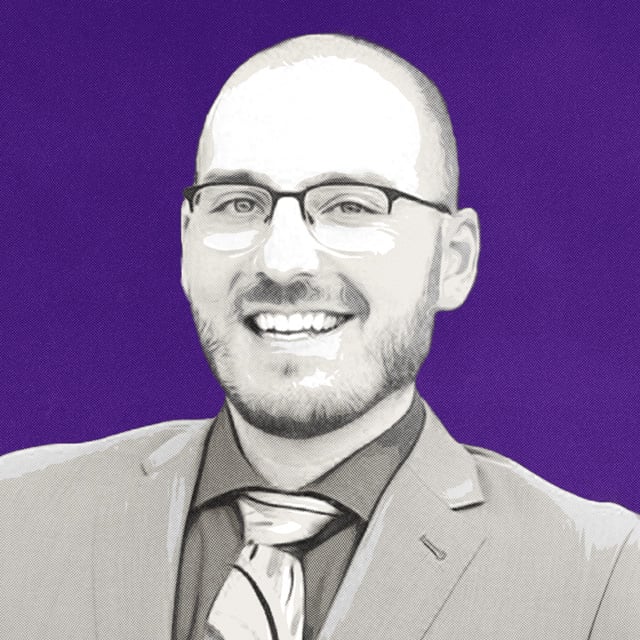4 Big Takeaways From a Year of Podcasting

This is the latest in a series of columns about Social Security and retirement income planning.
It’s been nearly a year since I started hosting ThinkAdvisor’s podcast series on all things retirement. In that time, we’ve recorded more than 20 episodes of “Ask the Retirement Expert.”
I’ve spoken with diverse thinkers, instructors and specialists about the many countervailing issues shaping retirement today. Topics have included Social Security claiming, helping clients plan for a fulfilling lifestyle in retirement, the evolving role of annuities, how inflation and changes to the tax code impact retirees and much more.
The guests have ranged from voting members of the Federal Open Market Committee to professors at major universities and executives at some of the leading financial services firms here in the United States.
In this month’s column, I spotlight some of my biggest takeaways from a year of podcasting about retirement. While I can’t speak to every episode here, I would still encourage readers to go back and listen through the full series catalog.
Doing so will give any retirement-focused advisor some food for thought. Many of the episodes would also be appropriate to share with clients who are themselves grappling with the big questions about retirement, so please consider sharing your favorite episode with a client or colleague.
Lesson One: Retirement Is More Than Dollars and Cents
Retirement is commonly talked about as a money issue. How much does one need to save before they can retire with confidence? How can clients invest during retirement to ensure their money lasts as long as needed?
But, as J.P. Morgan Asset Management’s Sharon Carson shared on the podcast, there’s a lot more to retirement than dollars and cents. Successfully preparing for retirement also involves big behavioral and lifestyle considerations. There are also questions to be asked about future health care needs, caregiving responsibilities and growing longevity projections.
What’s more, clients need to be coached to be comfortable with spending down their hard-earned assets. Even those who have more than enough to meet their own spending needs and legacy goals can find it emotionally difficult to see their portfolio value decline even modestly.
As Carson emphasized, the seemingly ubiquitous 4% withdrawal rule is often misunderstood by retirees as being an approach that will help them time the depletion of their portfolio according to their anticipated mortality. In reality, the rule merely states that, based on the historical behavior of the markets, a 4% withdrawal rate will likely not deplete a given retirement portfolio that is split 50-50 between stocks and bonds.
“People fail to appreciate that. In so many cases, the application of the 4% withdrawal rule actually results in portfolio growth during the retirement period,” Carson said. “Following the rule causes people to spend far less than they could, and even if a person has legacy goals, that’s not an optimal outcome. As a retirement strategist, I like to say that spending of principal shouldn’t be shameful.”
Lesson Two: Legacy Planning for Successful Entrepreneurs Is Often Difficult
As a partner for DGIM Law and an adjunct professor for the University of Miami School of Law, Monique Hayes is known as an experienced business attorney with the benefit of experience in both private and public practice. She also has a reputation as a tough litigator.
As Hayes told me on the podcast, this background provides her with a broad understanding of the business and economic landscape here in the United States — and especially in her home region in Florida. She has been called on by clients to handle some of the most complex matters involved in business ownership transitions, legacy planning and family inheritance conflicts.
“This experience gives me a front-row seat to learn how individuals and families acquire wealth over time,” she explained. “It’s also shown me how they can lose wealth thanks to challenges in their business or in the economy.”
One clear takeaway from the work, Hayes said, is that growing wealth can bring families together or drive them apart. The latter outcome is made more likely when families don’t communicate honestly about what wealth means and how it should flow through the generations.
Asked about the keys to successful wealth transitions within families, Hayes said it is essential to create a real plan — one that is fully understood and agreed upon by all parties involved. This is especially true when it comes to the management and ownership of ongoing business enterprises held within the family.
It will likely take time to set out the parameters and generate buy-in for any legacy plan, Hayes warned, so it’s also essential to start conversations early and let the plan move from the discussion phase to the documentation phase “naturally but intentionally.”






